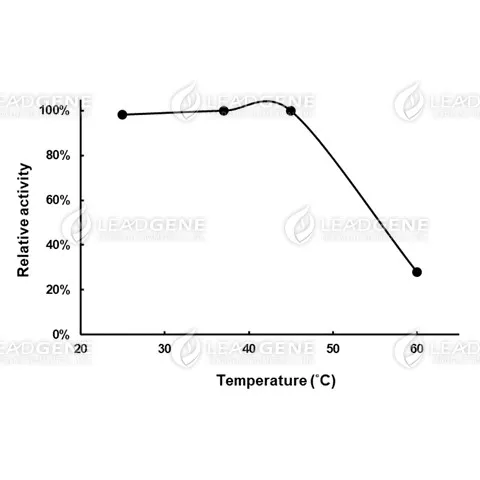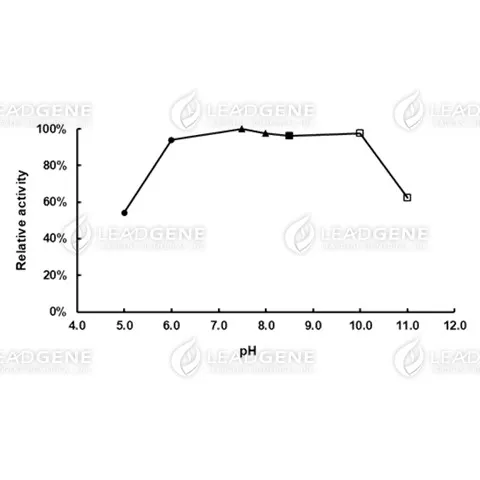24 results
UniHRV 3C Protease
Catalog Number:
Package:500 U / Customized package
Description:UniHRV 3C Protease is a recombinant form of the 3C protease derived from human rhinovirus 14 expressed in E. coli (specific activity 1800-2000 U/mg). This product is a highly purified recombinant 6XHis-fusion protein and requires neither metal nor cofactors for activity. UniHRV 3C Protease recognizes the cleavage site: Leu-Glu-Val-Leu-Phe-Gln↓Gly-Pro (LEVLFQ↓GP). UniHRV 3C Protease demonstrate excellent cleavage efficiency in a variety of fusion proteins.
Expression System:Escherichia coli
-
Glycerol-free
-
Carrier-free
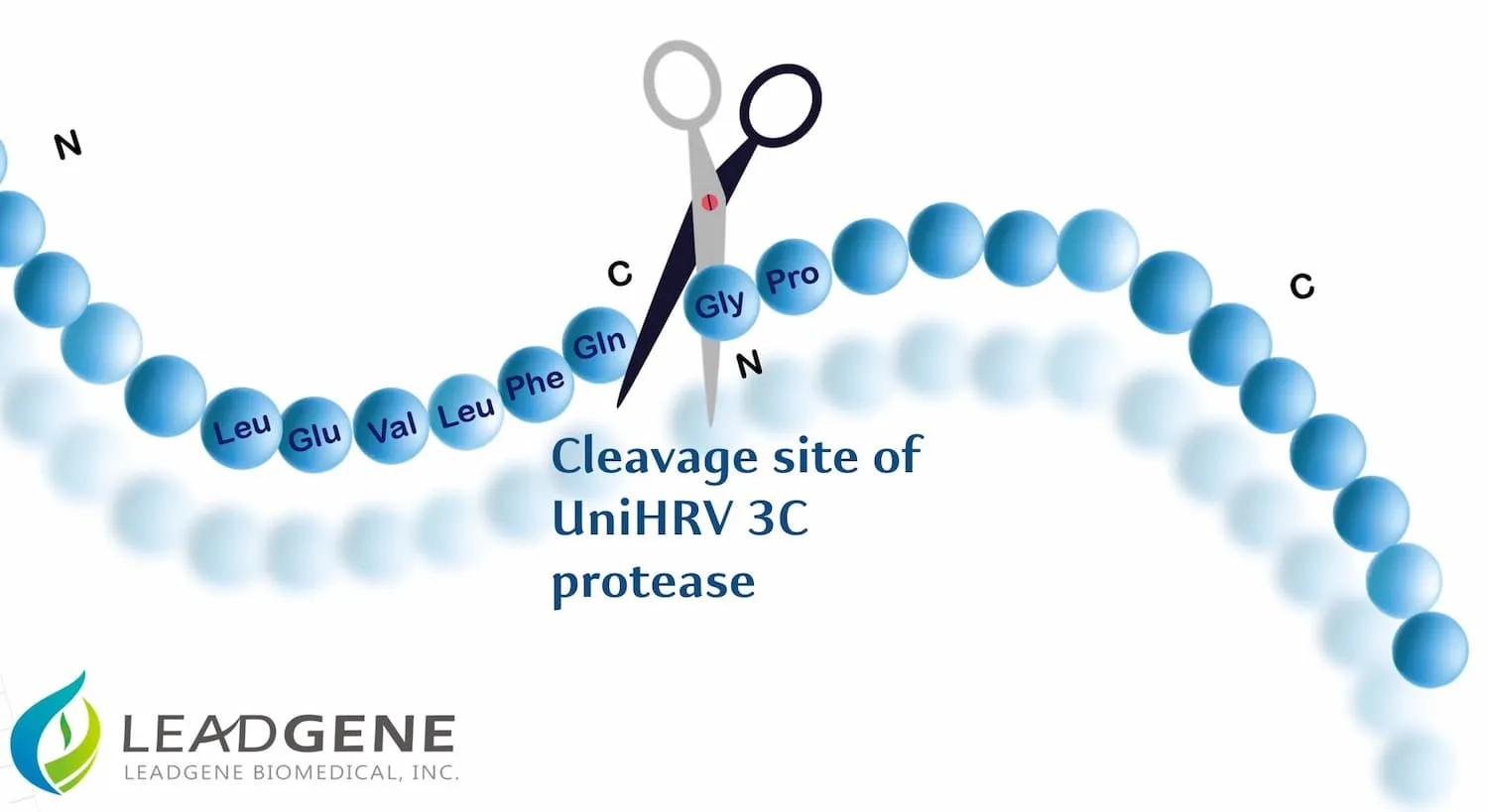
HRV 3C Protease
Catalog Number:
Package:Customized package / 1,000 U / 10,000 U
Description:HRV 3C Protease is a recombinant form of the 3C protease derived from human rhinovirus 14 expressed in E. coli (specific activity 1800-2000 U/mg). This product is a highly purified recombinant 6XHis-fusion protein. This protease requires neither metal nor cofactors for activity. HRV 3C Protease recognizes the cleavage site: Leu-Glu-Val-Leu-Phe-Gln↓Gly-Pro (LEVLFQ↓GP).
Expression System:Escherichia coli
-
Glycerol-free
-
Carrier-free
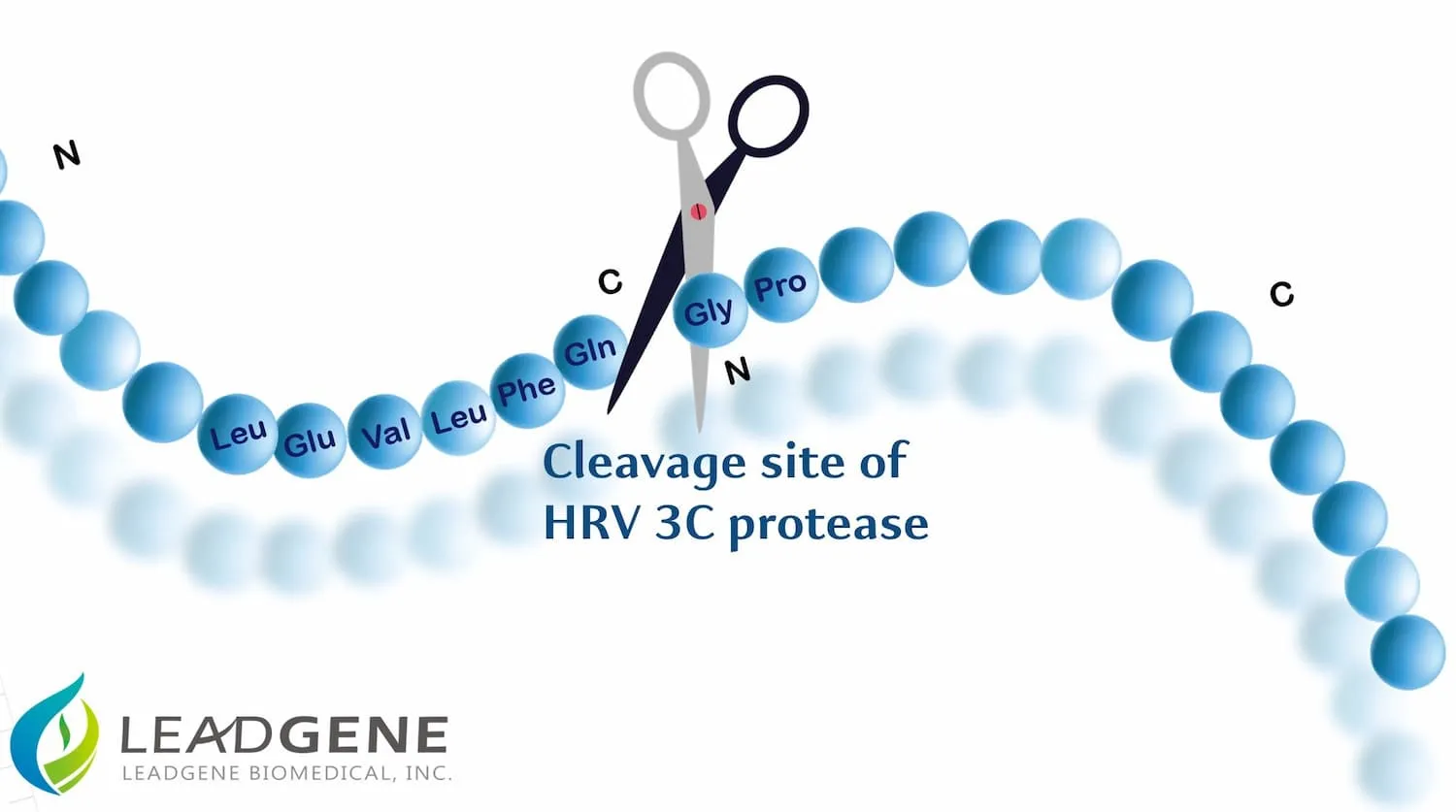
LGX-23001 Endoglycosidase H (Endo H) [GMP-Grade]
Catalog Number:
Package:100 μL-50 KU (Endo H) / 100 μL-50 KU (Endo H & Buffer Set) / 1 mL-500 KU (Endo H) / 1 mL-500 KU (Endo H & Buffer Set)
Description:Endoglycosidase H (Endo H) is a highly specific recombinant glycosidase that cleaves within the chitobiose core of high-mannose and some hybrid N-linked oligosaccharides from glycoproteins. It hydrolyzes the β-1,4 linkage between the two N-acetylglucosamine (GlcNAc) residues, leaving a single GlcNAc attached to the asparagine residue of the peptide chain. However, Endo H does not cleave complex-type N-glycans. Protein glycosylation is a crucial post-translational modification that influences many biological functions, such as protein folding, quality control, stability, intracellular transportation, cellular and immune responses. During eukaryotic protein expression, heterogeneous glycosylation patterns can complicate purification and downstream applications. By using Leadgene® Endo H, high-mannose and hybrid N-glycans can be efficiently removed, improving protein homogeneity, facilitating purification, and enhancing protein purification efficiency, which indirectly increases the recoverable yield of proteins and antibodies.
-
GMP-grade
-
DMF
![LGX-23001 Endoglycosidase H (Endo H) [GMP-Grade]](https://www.leadgenebio.com/upload/website/product/model/1743/images/LGX-23001_cartoon.webp)
Cholesterol Esterase (CE)
Catalog Number:
Package:Customized package
Description:Cholesterol esterase (CE) is an enzyme that plays a crucial role in lipid metabolism by hydrolyzing cholesterol esters into free cholesterol and fatty acids. It is primarily found in the pancreas, liver, and intestines, where it aids in the digestion and absorption of dietary cholesterol. CE is also involved in the regulation of cholesterol levels within the body, influencing processes such as the formation of bile acids and lipoprotein metabolism. Its activity is essential for maintaining lipid homeostasis and overall cardiovascular health.
Expression System:Escherichia coli
-
Glycerol-free
-
Carrier-free
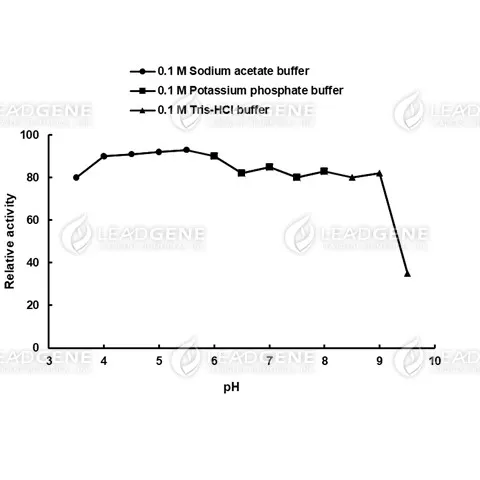
Cholesterol Oxidase (CO)
Catalog Number:
Package:Customized package
Description:Cholesterol oxidase (CO) is a bacterial enzyme that catalyzes the oxidation of cholesterol to cholest-4-en-3-one, producing hydrogen peroxide as a byproduct. This enzyme is widely used in clinical diagnostics for measuring cholesterol levels in blood samples, as it plays a crucial role in cholesterol metabolism. Additionally, cholesterol oxidase is used in research to study cholesterol biosynthesis, and in the biotechnology industry for the production of steroids and as a biocatalyst in biosensors. It is primarily sourced from species such as Streptomyces and Brevibacterium.
Expression System:Escherichia coli
-
Glycerol-free
-
Carrier-free
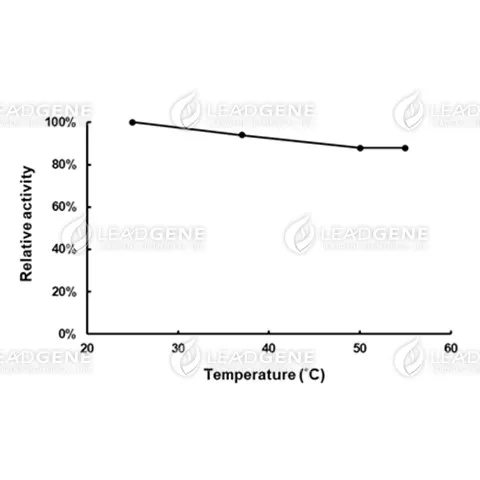
Glycerol Dehydrogenase (GlyDH)
Catalog Number:
Package:Customized package
Description:Glycerol dehydrogenase is an enzyme that catalyzes the oxidation of glycerol to dihydroxyacetone, using NAD+ as a cofactor, which is reduced to NADH in the process. This enzyme plays a key role in the metabolism of glycerol and is involved in pathways such as gluconeogenesis and lipid metabolism. Glycerol dehydrogenase is utilized in various industrial applications, including the production of dihydroxyacetone for cosmetic and pharmaceutical products.
Expression System:Escherichia coli
-
Glycerol-free
-
Carrier-free
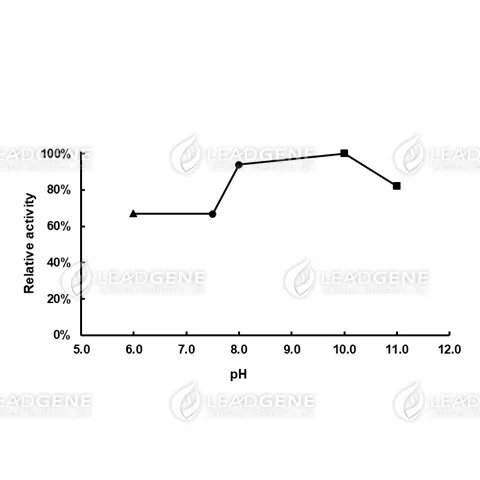
Glucose Dehydrogenase (GLD) (NAD(P)-Dependent)
Catalog Number:
Package:1000 U / Customized package
Description:Glucose dehydrogenase (GLD) (NAD(P)-dependent) is an enzyme that catalyzes the oxidation of glucose to gluconolactone while reducing the coenzymes NAD+ or NADP+ to NADH or NADPH. This enzyme is widely used in biosensors and diagnostic assays to measure blood glucose levels. Its high specificity and stability make it an essential tool in various biomedical applications.
Expression System:Escherichia coli
-
Glycerol-free
-
Carrier-free
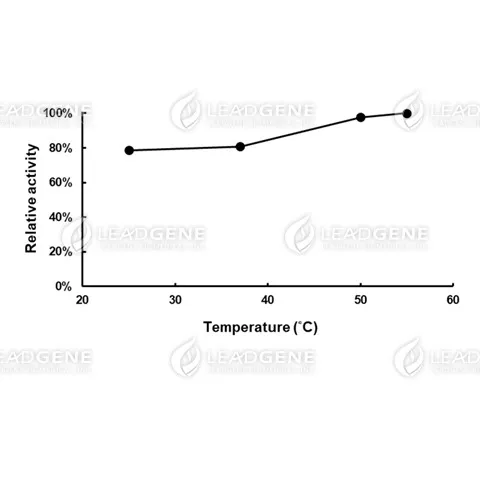
Diaphorase
Catalog Number:
Package:Customized package
Description:Diaphorase, also known as NADH dehydrogenase or NAD(P)H oxidoreductase, is an essential enzyme involved in cellular redox reactions. It facilitates electron transfer from NADH or NADPH to various acceptors, playing a crucial role in the electron transport chain. This enzyme helps mitigate oxidative stress by reducing harmful oxidants and is key in regulating metabolic pathways by maintaining NAD+/NADH and NADP+/NADPH ratios. Additionally, diaphorase contributes to cellular signaling processes, influencing cell proliferation, differentiation, and apoptosis.
Expression System:Escherichia coli
-
Glycerol-free
-
Carrier-free
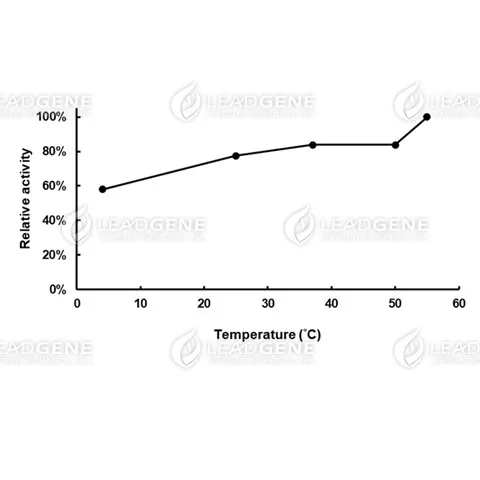
D-3-Hydroxybutyrate Dehydrogenase (3-HBDH)
Catalog Number:
Package:Customized package
Description:D-3-Hydroxybutyrate dehydrogenase (3-HBDH) is an enzyme crucial in the metabolism of ketone bodies, specifically involved in the conversion of D-3-hydroxybutyrate to acetoacetate during ketogenesis. 3-HBDH plays a vital role in energy production, particularly under conditions such as fasting or prolonged exercise when ketone bodies serve as alternative energy sources. This enzyme is essential for maintaining metabolic balance and is found in various tissues, including the liver and kidneys. Understanding 3-HBDH's function is significant for insights into metabolic disorders and energy metabolism regulation.
Expression System:Escherichia coli
-
Glycerol-free
-
Carrier-free
